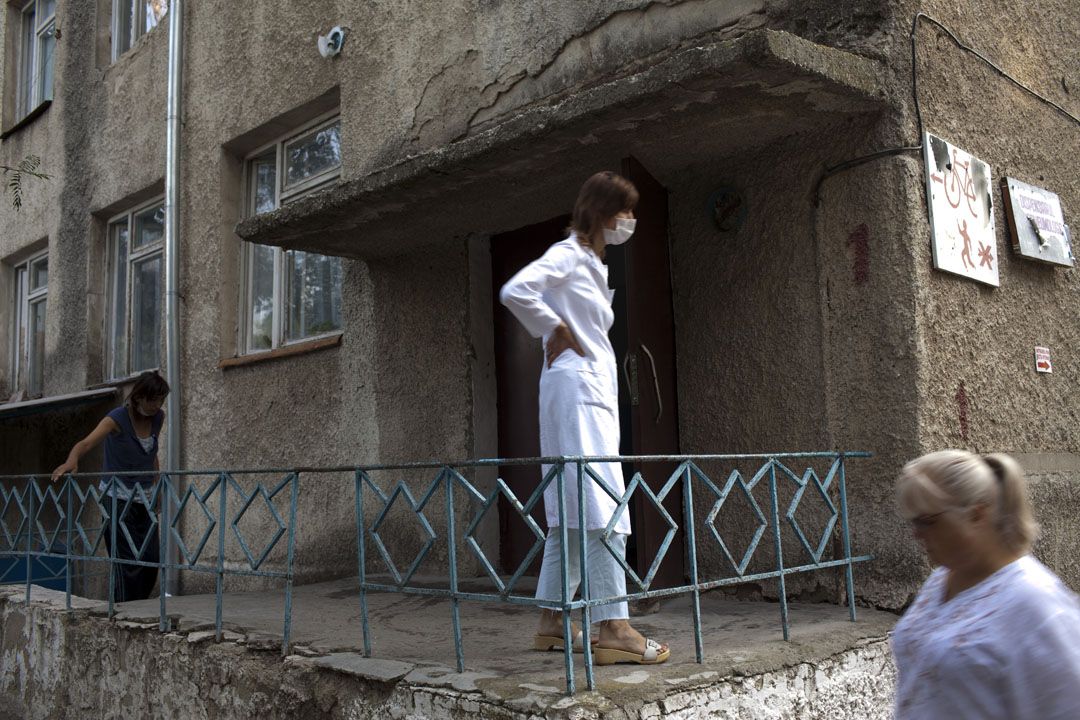I am in Moldova to learn more about multidrug-resistant TB (MDR-TB), a new strain of the disease that is very serious and very deadly. There are a variety of reasons that MDR-TB arises. It is easiest, though perhaps a bit simplistic, to think of it as follows: A patient must take medicine to treat "normal" TB daily, usually for a period of 6-12 months. It is imperative that the patient follow the treatment exactly; if not, the disease can begin to grow resistant to the drugs, requiring a second line of much more expensive and uncomfortable drugs to kill it. There are now strains that are resistant even to the second line of drugs. In some cases, patients must resort to chemotherapy..
Moldova has one of the highest rates of MDR-TB in the world. That is to say that of the total number of TB cases in the country, an exceedingly high percentage are multidrug-resistant. Some put that figure as high as 30% in Moldova. The total raw numbers may be small at the moment, but it is important to consider the percentages as well as the circumstances that allow MDR-TB to arise. In Moldova, there are several factors, ranging from a large migrant population to generally poor health services (more on the specifics of these in future posts), that have created a fertile environment for MDR-TB. At first glance, it does not seem that these factors are being adequately addressed, indicating that MDR-TB will continue to spread. According to the director of an NGO that works on TB in Moldova, many patients are unresponsive to any currently available treatment. This means that dozens of people are sick, have no options for treatment, and are essentially waiting to die. At this point, there is literally nothing they can do. Remember, TB is a totally treatable disease.
